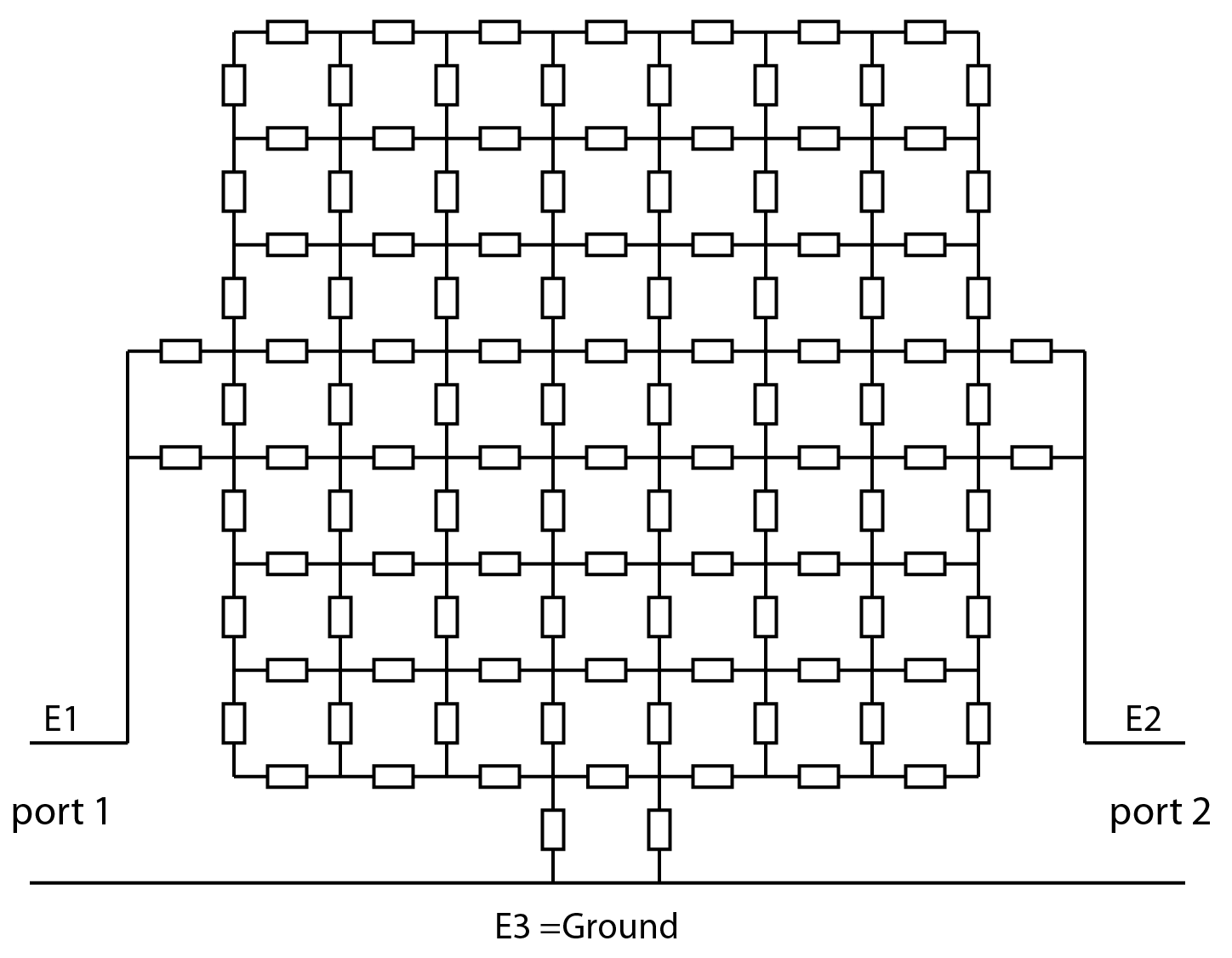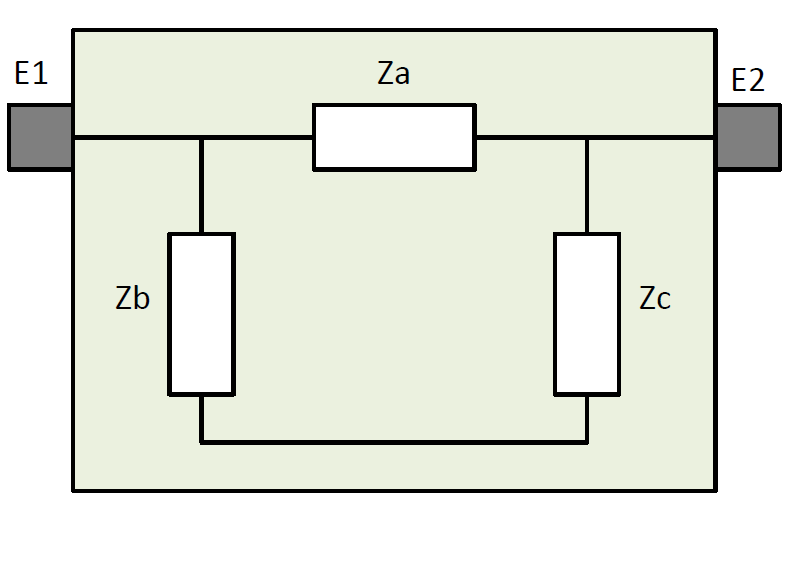Imagine you have a black box with three terminals, and you're told it only has resistors inside it, connected to all three terminals. How much information about the inside can you glean from resistive measurements at the three terminals
You can model it in an infinite number of ways. The first two shown below are the simplest, and capture all of the information you can gather through measurements. You can riff to your heart's content on the third way, adding more and more resistors to get the other infinite number of models. But, with three independent measurements, you can only determine three scalar values within the black box. With the first two simple arrangements, that means you can resolve all three model resistor values. With the third, you can't resolve individual resistor values.

simulate this circuit – Schematic created using CircuitLab
The first configuration is called a Delta ( or Δ) arrangement, the second is a Star (or Y, or Wye), both for fairly obvious reasons. There is a thing called Wye-Delta transformation, that allows you to convert between R1/2/3 and RA/B/C. If you know 1,2,3 you can compute A B and C, and vice versa. The Y and Delta configurations are both completely equivalent ways, both completely valid models, with different values for the resistors of course, of representing any resistive mess inside the box that you want to configure.
You could even have a resistive sheet inside the box, with three terminals clipped to it. It would then be modelable as a Star or a Delta. In your OP, you have modeled it as a Delta arrangement.
With your Delta model, the easiest way to get numerical values for all three resistors is to treat it as a Wye model, measure the terminals pair-wise which gives you three equations of the form Rx + Ry = measurement, which than then be solved trivially, then use the Y-Δ transformation to get back to your Delta model.








